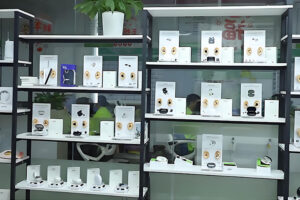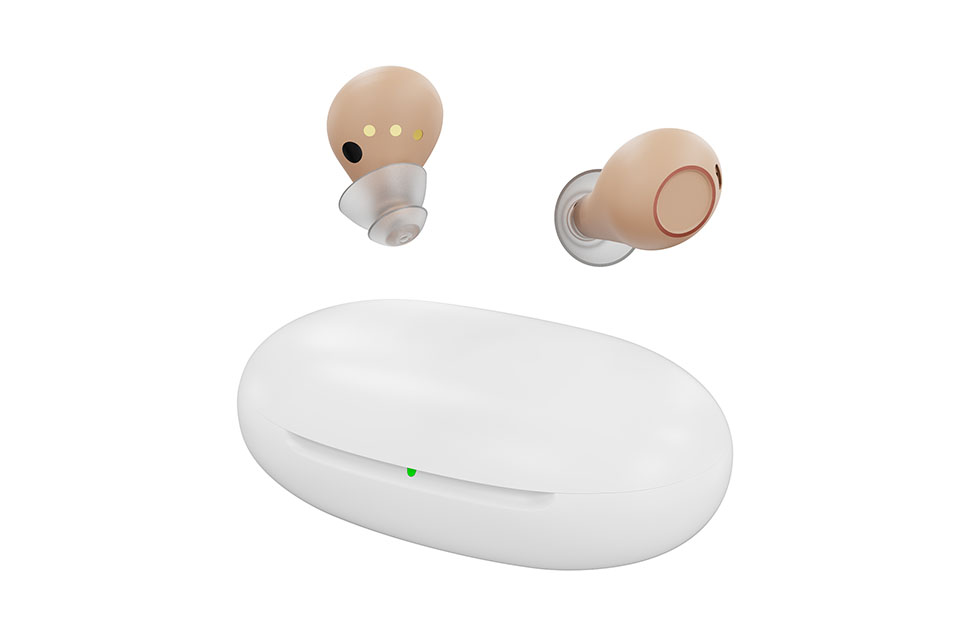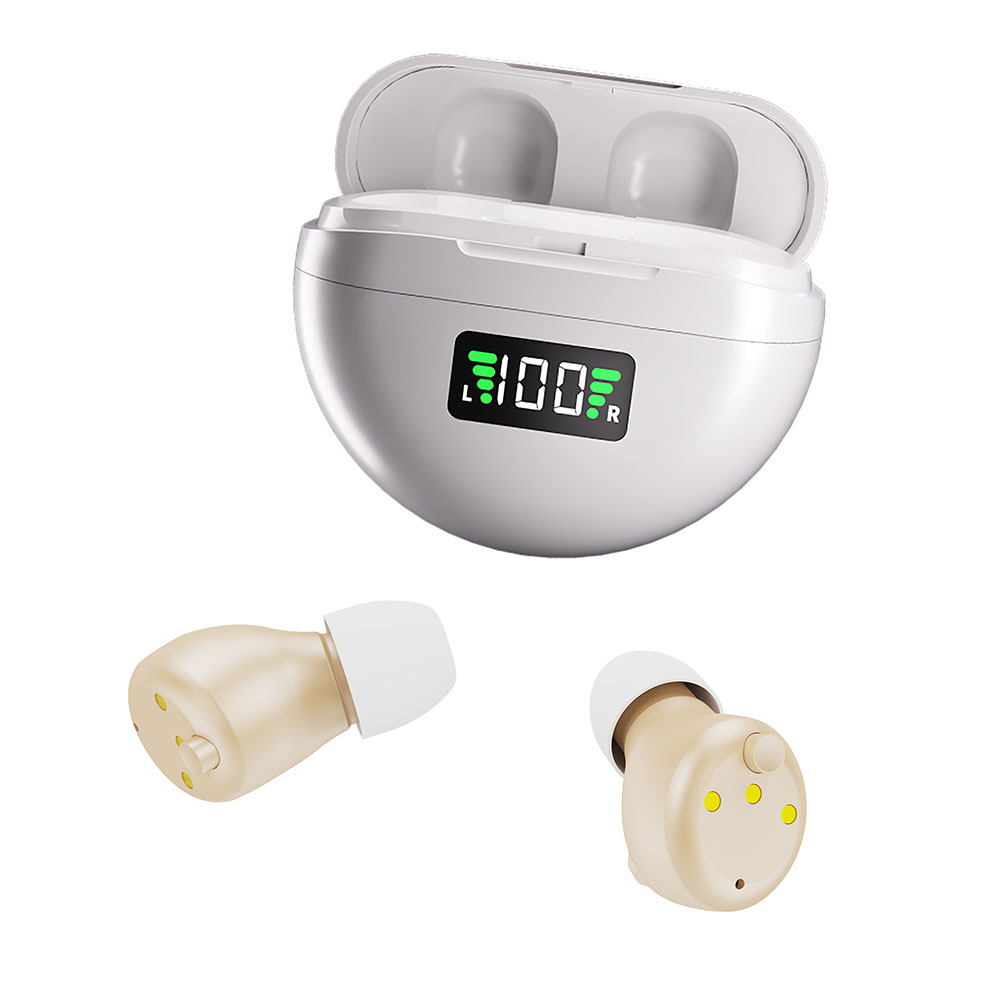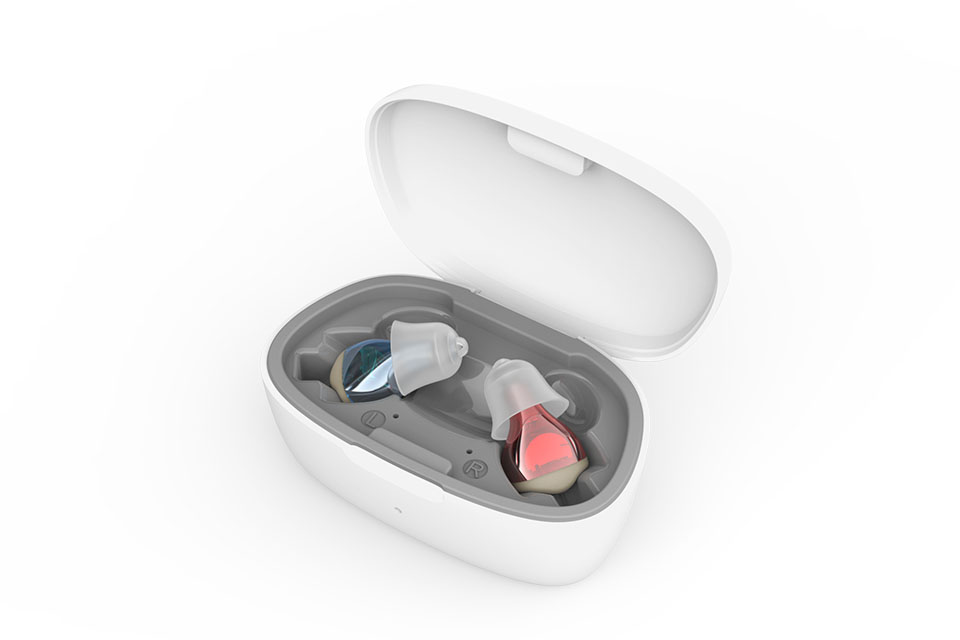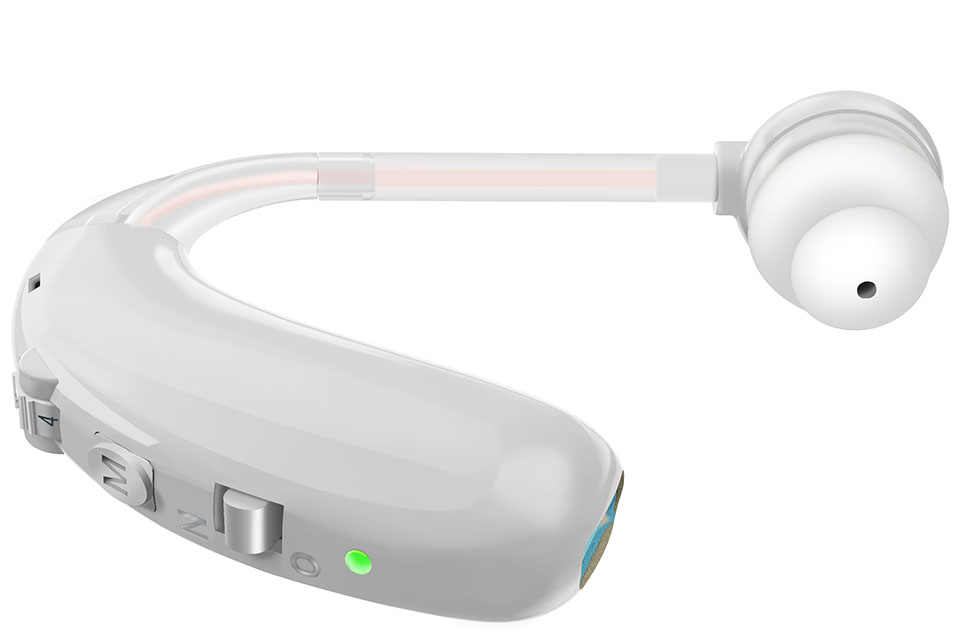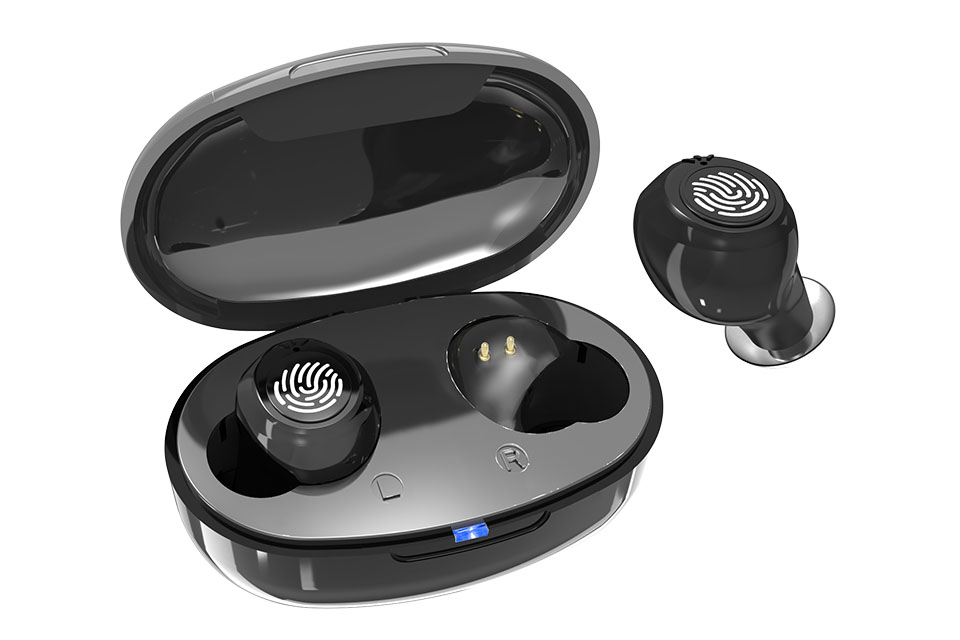1. ITE Hearing Aid Taxonomy
In-the-ear (ITE) hearing aids come in three main types:
- Completely-in-canal (CIC): Fits deep in the ear canal, nearly invisible. Best for mild to moderate hearing loss.
- Invisible-in-canal (IIC): Smaller than CIC, fits entirely inside the ear canal. Discreet but has limited battery life.
- Full-shell ITE: Fills the outer ear bowl. More power, better for severe hearing loss.
Key differences:
| Type | Visibility | Battery Life | Power | Best For |
|---|---|---|---|---|
| CIC | Very low | Short | Medium | Mild/Moderate |
| IIC | Invisible | Very short | Low | Mild |
| Full-shell | Visible | Long | High | Severe |
Each type has trade-offs. CIC and IIC are discreet but need frequent battery changes. Full-shell offers more features but is bulkier.
For custom fits, 3D ear scans ensure comfort. Our ITE Hearing Aids Factory Custom service delivers precision.
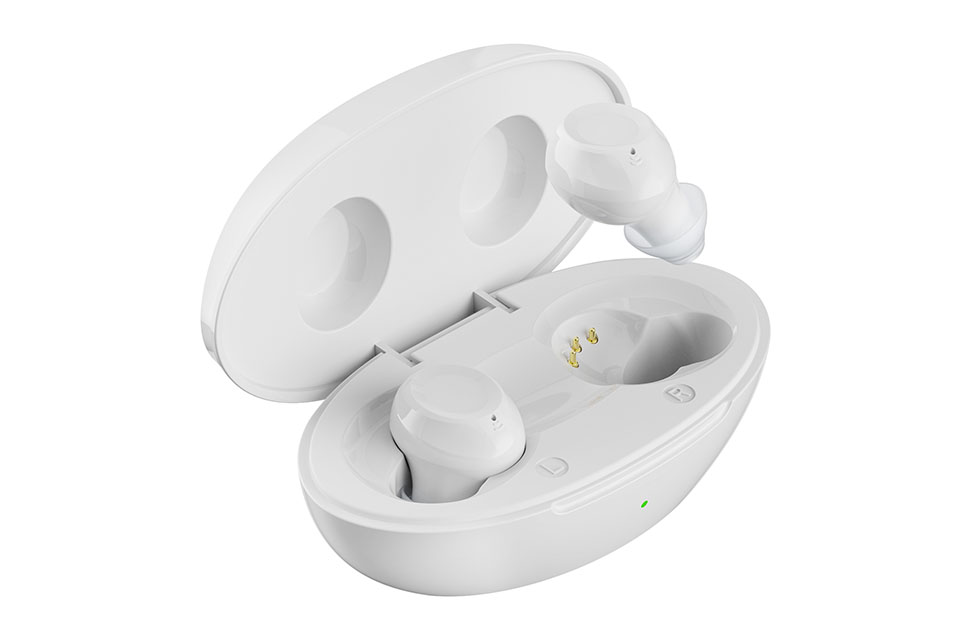
2. Current Design Limitations & Trade-offs
ITE hearing aids face challenges:
- Size vs. Power: Smaller devices (CIC/IIC) have less space for advanced tech.
- Feedback Management: Close to the eardrum, feedback (whistling) is a common issue.
- Battery Life: Tiny batteries drain fast. Rechargeable options help but add bulk.
Solutions we offer:
- AI sound processing reduces feedback.
- Lithium-ion batteries in our Rechargeable Hearing Aids last 24+ hours.
- Custom molds prevent sound leakage.
3. Emerging Technological Innovations
New tech is changing ITE hearing aids:
- AI Sound Adjustment: Learns your listening habits.
- Bluetooth Connectivity: Stream calls/music. See our Bluetooth Hearing Aids.
- Rechargeable Batteries: No more tiny batteries.
- 3D-Printed Shells: Perfect fit every time.
Our R&D focus:
- Smaller DSP chips for better sound in tiny devices.
- Energy-efficient designs for longer use.
4. End-User Benefits: Discretion & Usability
Why users love ITE hearing aids:
- Discreet: Almost invisible (CIC/IIC).
- Comfort: Custom-fit molds.
- Easy to Use: No behind-the-ear parts.
Our added perks:
- Noise reduction in busy places.
- App control for easy adjustments.
Try our Invisible Hearing Aids for a hidden solution.
5. Audiologist & Fitter Advantages
Clinicians benefit from ITE aids because:
- Easy to fit: Custom molds reduce return visits.
- Fewer repairs: Less exposed to sweat/wax.
- Flexible tuning: Digital adjustments via software.
Our support for audiologists:
- OEM/ODM services for custom branding.
- Bulk orders with quick turnaround.
6. Customization Frontiers
Future of ITE hearing aids:
- 3D-Printed Fits: Scan ears, print perfect shells.
- Personalized Sound: AI learns your hearing needs.
- Modular Designs: Swap parts for upgrades.
We offer Custom ITE Hearing Aids with these features.
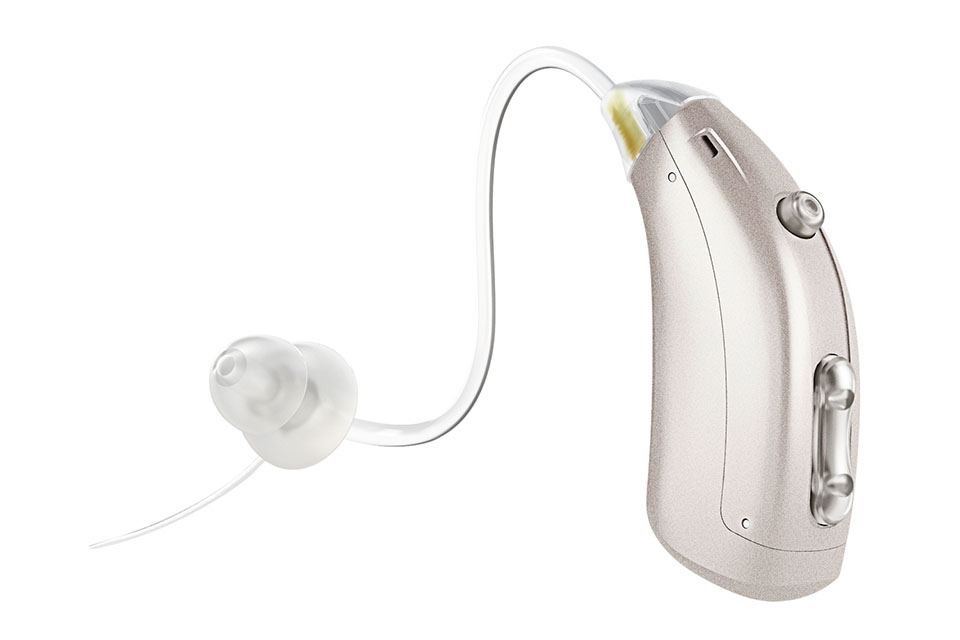
7. Comparative Analysis: ITE vs. BTE/RIC
How ITE stacks up:
| Feature | ITE | BTE | RIC |
|---|---|---|---|
| Visibility | Low | High | Medium |
| Power | Medium | High | High |
| Comfort | High | Medium | High |
| Battery Life | Short | Long | Medium |
Best for:
- ITE: Discretion, comfort.
- BTE: Power, durability.
- RIC: Balance of both.
See our BTE vs. ITE Guide for more.
8. Future Trajectories & Unmet Needs
What’s next for ITE hearing aids?
- Biometric Sensors: Track health (heart rate, falls).
- Energy Harvesting: Charge from body heat/movement.
- Smart Assistants: Built-in Alexa/Google Assistant.
We’re working on:
- Longer battery life.
- Smaller, smarter designs.
Explore our NEW Hearing Aids for the latest tech.
Why Choose Us?
- 10+ years in hearing aid manufacturing.
- ISO-certified, 3M units/year capacity.
- OEM/ODM for custom solutions.
Get a quote today:

